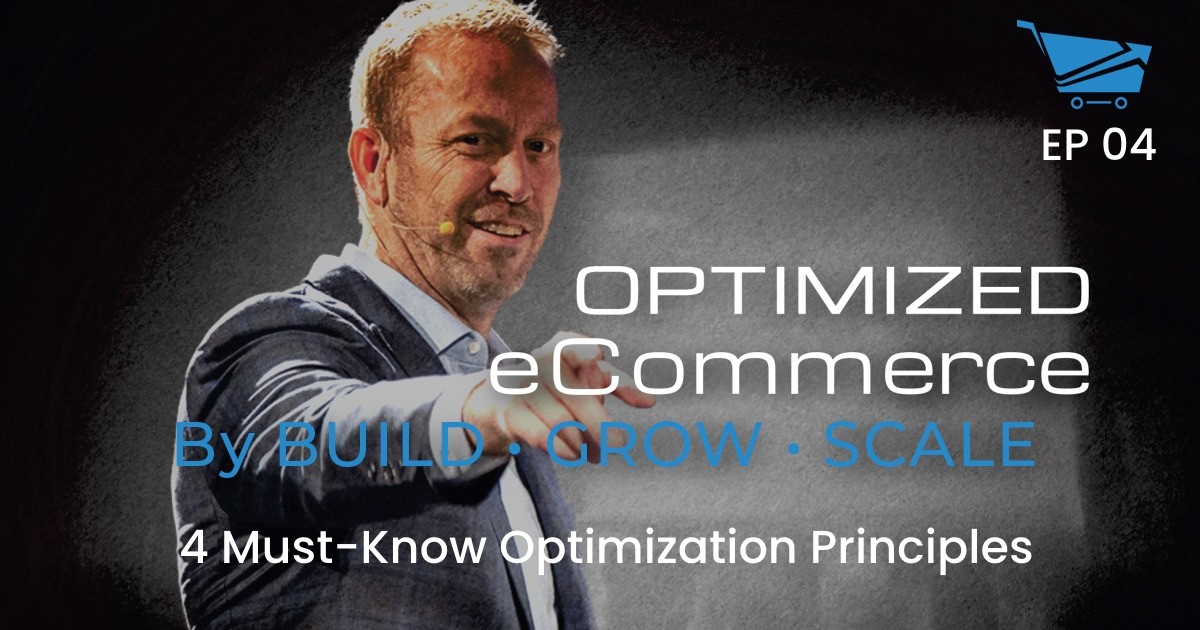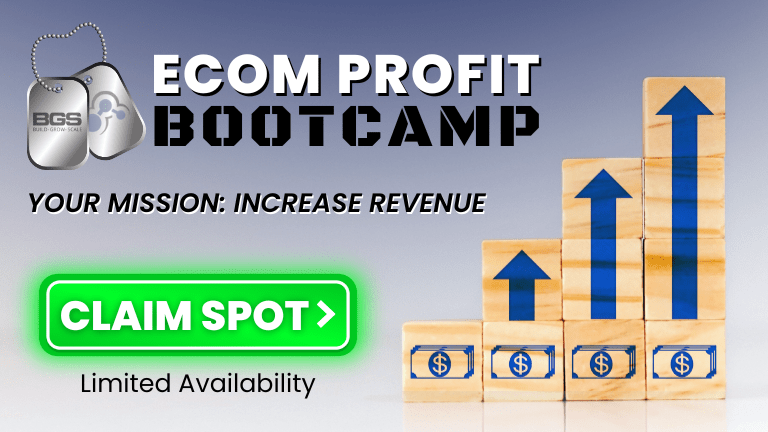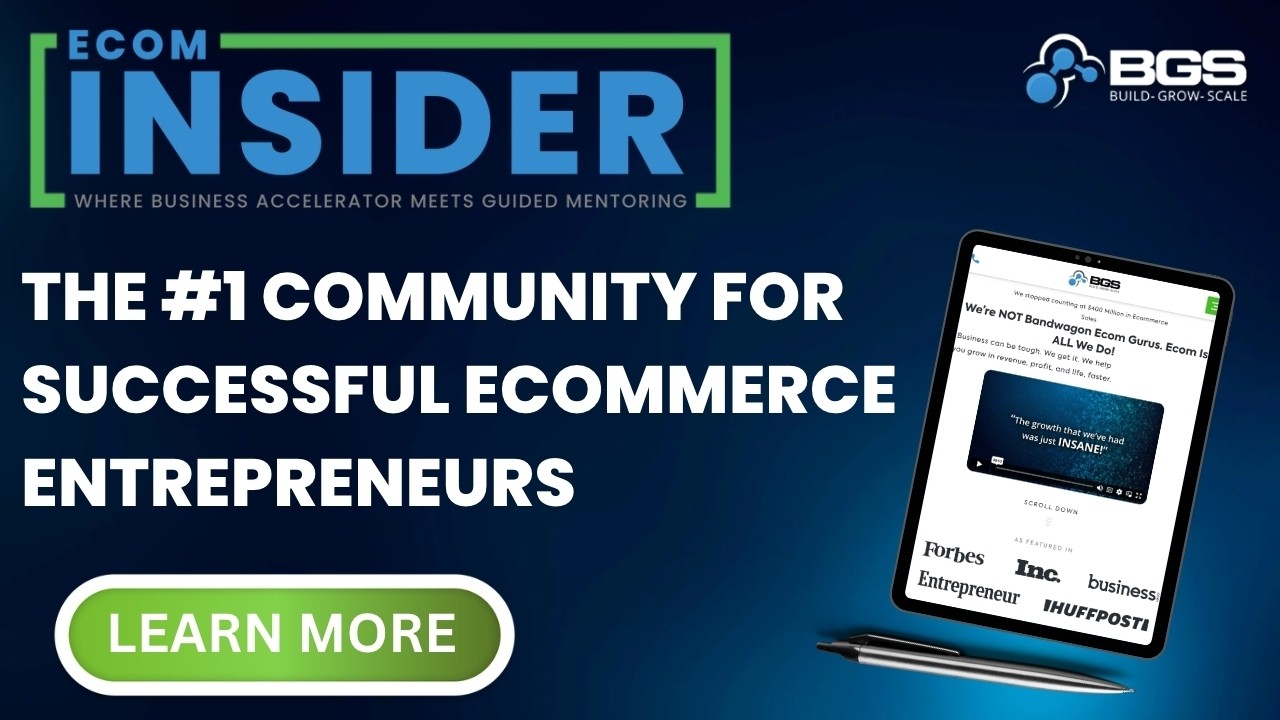Optimized Ecommerce EP 004 – 4 Must-Know Optimization Principles

A lot of times, store owners try to handle every single case of customer support, every single potential that they’ve run into on their store. They are trying to sell them.
We typically tell the store owner that their store ends up looking like a flea market instead of an actually fine-tuned machine. We make sure that the message of their store is clear.
They must not be trying to be cute with their language or use frilly fonts. Your message has to be very clear.
Strong Visual Hierarchy
We discussed in a previous episode the importance of setting a specific use for each page on your website. This is essentially what strong visual hierarchy means.
For example, you want to have just one call to action on your homepage because that is the next most important action on that page.
The problem with a lot of Shopify stores is that they try to plan their color with their theme, buttons, banner, and header. The result? They end up having five things that are pink, and they don’t know which one is supposed to be the next thing to draw the visitors’ eyes.
So, make sure that the one action per screen is where the eye is naturally drawn to.
Conserve Attention
Now that you have learned how to make your visitors stay focused, how do you keep their attention?
A lot of times, people think more is better. That is just not the case. If you think about it, The more options you give, the more time they would need to make a decision, the more they become unsure. Most of them would give up and “come back later.”
And all this is happening while you’ve already paid to get them to your site.
You want to narrow down choices so that the visitors don’t have several things going on that tire their brain out. You want better choices, not more choices.
Presenting the Right Information at the Right Time
Avoid saying, “Buy Now!” on your homepage.
And do not say “Add To Cart” on your category page.
Take the time to think about your store and where the customer is in your store. Not from the perspective of you being the owner trying to sell them something, but from them being the customer in your store.
What information do they need in order to make a decision to go to the next step?
So, the right information at the right time would be an “Add to Cart” button on your product page. Or, a “More Options” button on your category page.
Each page should have the proper information at the right time. When you clutter all these pages with information, you’re creating cognitive overload and getting rid of the clarity. You’re losing your visual hierarchy.
So this is super important. It is basically The correlation of all the other principles put together. Now, if you follow the other ones, it makes it very easy to give them the right information at the right moment.
Watch or listen to the full episode to hear more in detail!
How To Stay Connected With Tanner Larsson and Matthew Stafford:
Want to stay connected with Tanner Larsson and Matthew Stafford? Please check out their social profiles below.
- Facebook: Facebook.com/buildgrowscale
- Twitter: @BuildGrowScale
- YouTube Channel: Youtube.com/windowsuccess




